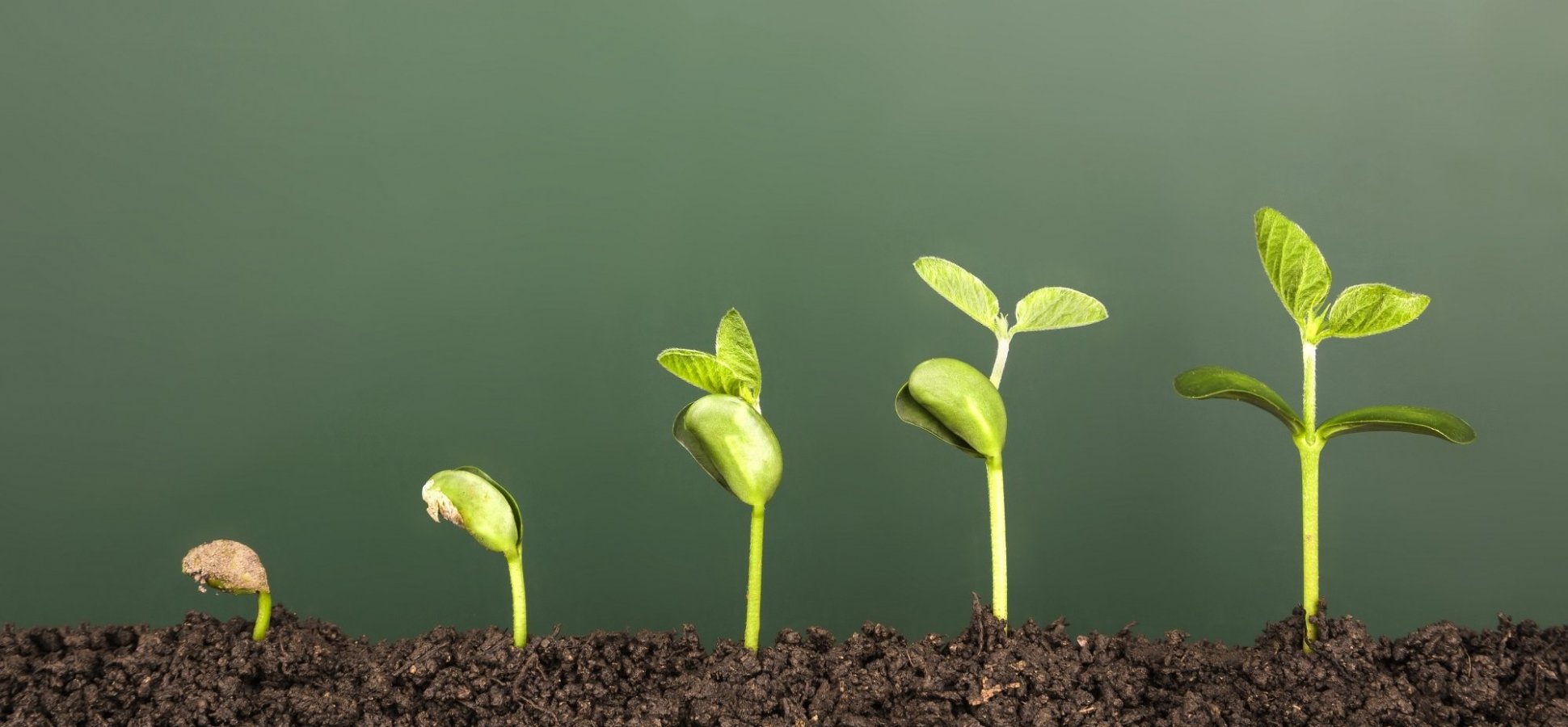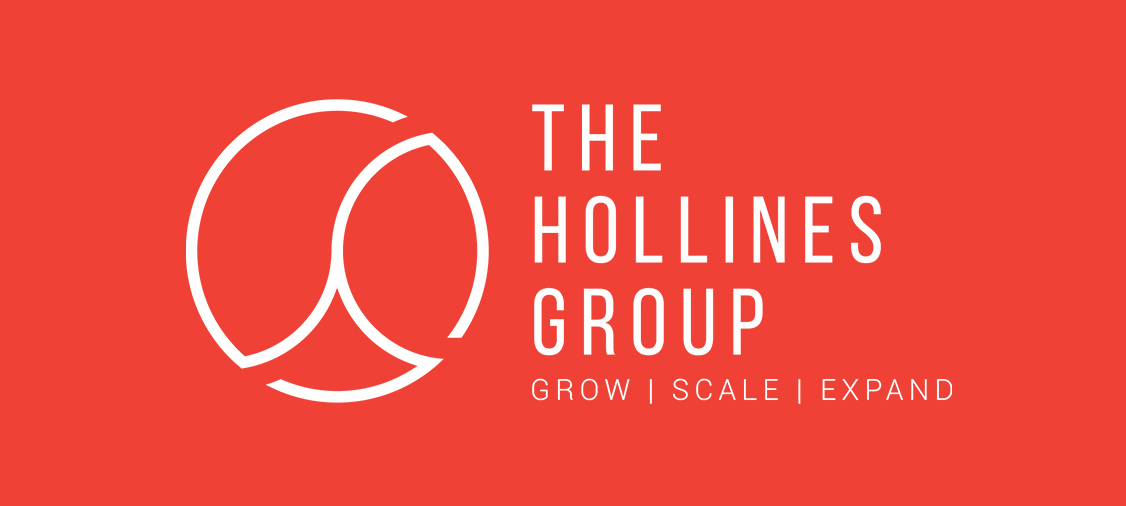
The term “startup” is used as a catchall for growing companies. But, depending on size and industry, growing brands aren’t always just “startups.” For example, people commonly mix up early-stage startups with growth-stage companies, but the two are very different.
In the early stages of a startup, you’re still deciding what the company will be. This means securing funding, building a minimum viable product, and carving out a niche in your industry. These businesses inherently carry more risk because they’re unproven in the market and still need time to mature.
Growth-stage companies, on the other hand, have proven their product in the market and have secured financing. They’re in the process of growing and trying to scale, but are encountering some obstacles to that growth. The focus here isn’t on pure innovation, but expanding on what’s already working for the business.
5 ways early-stage startups and growth-stage companies differ
Not sure what category your business falls under? Consider these 5 differences between early-stage and growth-stage startups.
- Complexity of work
Running a business is always going to be hard work. However, the complexity of running your business will differ if you’re early-stage versus growth-stage.
Early-stage startups have less complex tasks. But that doesn’t mean it’s easy; this phase of starting a company requires you to become a Jack of all trades, often working long hours to bootstrap the business. This stage is all about learning how to DIY essential processes and being scrappy with your resources.
Growth-stage companies aren’t going through such an exhausting time, although they have more complex issues to solve. Payroll, investor ROI, and market demands mean growth-stage founders are under pressure to have a consistently successful business. Your work will still iterate and transform as a growth-stage brand, but now it’s about trying to meet market demands and stakeholder needs, too.
- Culture
Startup culture is famous: it’s known for casual dress, beer Fridays, and interesting perks like free pet daycare. It’s easy to maintain a fun and productive culture as an early-stage startup, and that’s largely due to size. You aren’t managing employees when you have a company with 2 to 10 employees, for example. You’re more likely to hire people with similar backgrounds at this stage, which means the culture will stay consistent.
That changes as your brand enters the growth stage. When you get an HR department and allow them to hire new employees, you’re relinquishing some control over the culture. As the company expands, this can feel like a game of telephone: the message will change with the more people you add to it.
This is why growth-stage companies fight to maintain their culture as they grow. One bad hire can wreck your carefully-crafted culture. That’s why it’s important to prioritize healthy culture as you grow, modeling the culture you want to see with your actions and decisions.
- Product-market fit
Does your product have a place in the market? Is it already tested and growing in your niche?
Early-stage startups are still trying to find their place in the market. It’s early days for their minimum viable product, which means the startup experiments with their customer base as they try to hone in on their sales approach and messaging. That means features, pricing, and positioning might change overnight.
Growth-stage companies have already validated their product in the market and can prove it’s sustainable. At this point, growth-stage founders are trying to keep the brand from plateauing. This means founders are trying to grow their existing numbers, either by expanding their team or breaking into an underserved market . . . it’s about scaling.
- Risk
Every founder has to deal with some level of risk. But you’ll see that there are big differences in the amount of risk between an early-stage startup and a growth-stage company.
Early-stage startups are able to take more risks. They’re running lean teams of 1-2 people and maybe an investor who’s along for the ride. With fewer people depending on the startup for results, the brand is able to take bigger risks—with the potential of a bigger payoff. If a startup does fail, it isn’t a disaster because the brand hasn’t grown enough to experience a true disaster.
It’s a different story for growth-stage companies. The bottom line matters much more once you have employees and high-profile investors as company stakeholders. Growth-stage companies have a lower tolerance for risk for this reason; they have more to lose.
- Hierarchy
Early-stage startups are all about the hustle: founders wear all of the hats in the company, fulfilling orders while they try to figure out QuickBooks. The goal is to do as much as possible yourself so you don’t have to outsource tasks, saving capital.
Growth-stage companies are finally at a place where they can afford to hire team members with specialized skills. That means they’re starting to build a skeleton staff, creating departments and hierarchy within the small company.
This is good, because it means founders can focus on their vision and let employees take over more specialized tasks. But it’s a challenge to outline how the hierarchy works, and for inexperienced founders, the added moving parts can get messy.
The bottom line
Whether you’re in the early stages of a startup or you’re starting to see growth in your company, it isn’t easy to know where to turn. Avoid the delays, nasty fines, and lost income that come with bootstrapping everything yourself. Instead, rely on a trusted advisor like Hollines Group. Now’s not the time to plateau—it’s time to scale upwards. Get in touch with us now to brainstorm your brand’s next big move.
